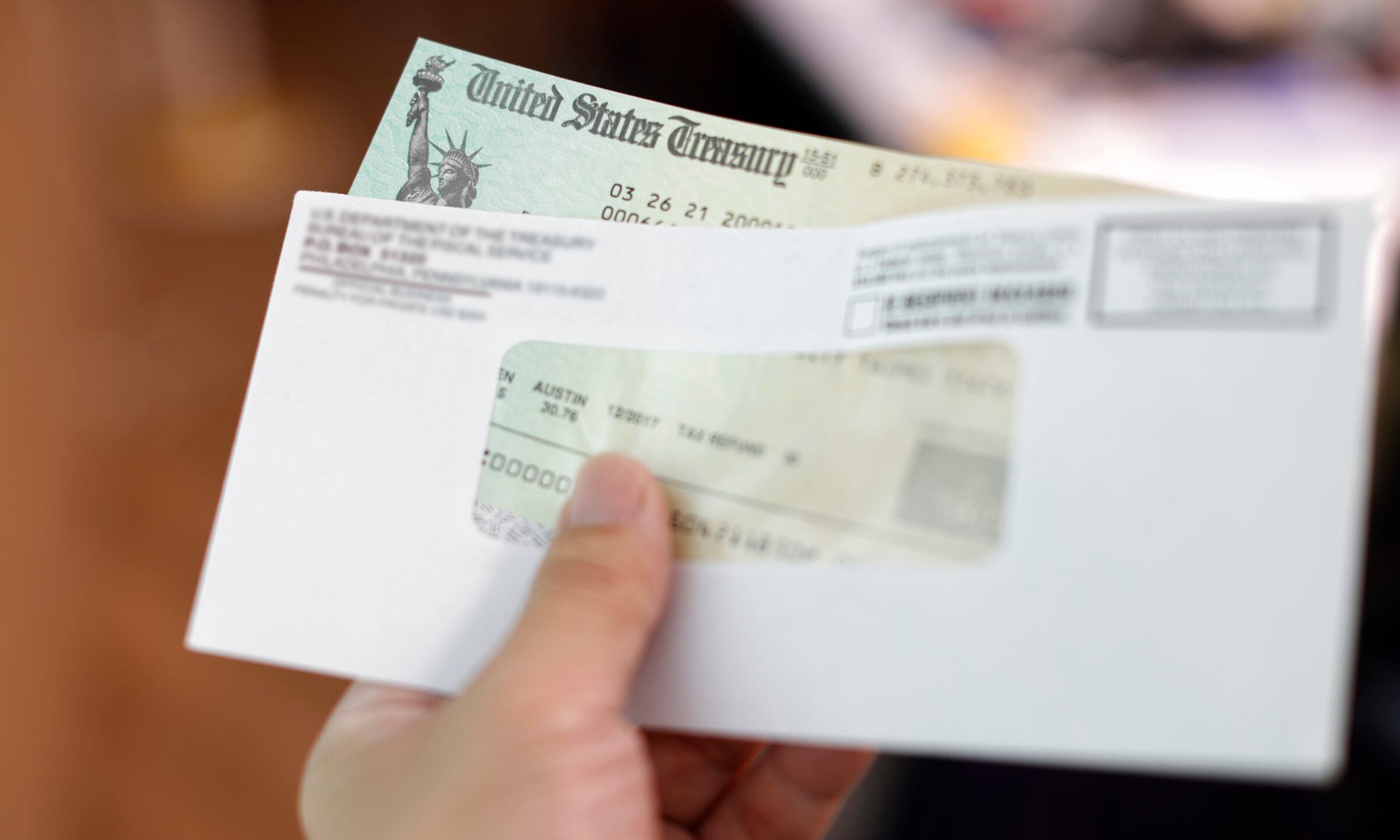The last e-filing barrier has been broken. For the 2015 tax return season, new guidelines issued by the IRS authorize electronic signatures on Form 8878 (IRS e-file Signature Authorization for Form 4868 or Form 2350) and Form 8879 (IRS e-file Signature Authorization). Previously only handwritten signatures or signatures captured on signature pads were accepted on these two forms.
According to SIGNiX, one of the country’s leading firms specializing in services for digital signatures, the latest changes will make e-filing easier and speed up refunds.
The IRS announced the new guidelines last year as part of its ongoing efforts to increase electronic filing of returns. Forms 8878 and 8879 are authorization forms that must be used with the practitioner’s Personal Identification Number (PIN) or when the taxpayer authorizes the electronic return originator (ERO) to enter or generate his or her own PIN on an e-filed return.
Specifically, the IRS now says that electronic signatures are accepted on:
• Form 8878: This is the IRS e-file Signature Authorization used by filers of extension requests on Form 4868 or Form 2350. The latter form is for taxpayers living outside the United States.
• Form 8879: This is the IRS e-file Signature Authorization required for filers of Form 1040, 1040A, Form 1040EZ or Form 1040-SS.
The e-signature guidance adds another signing option for taxpayers. For example, taxpayers can e-sign either Form 8878 or Form 8879 from their home computers. They may also physically sign the authorization form in their electronic return originator’s office or physically sign and mail the form to their ERO. Neither Form 8878 nor Form 8879 is submitted to the IRS, but each must be retained with a client’s records.
The changes won’t affect individuals filing their own returns, but Pem Guerry, executive vice president of SIGNiX, notes they could have a major impact on the way professional tax return preparers do business. “In the past, preparers had to choose between two inconvenient options for document signatures: printing and mailing documents to their clients or asking clients to come into the office to sign in person. Both options added a significant amount of work for preparers and their clients alike. With e-signatures, tax preparers will be able to save time and money formerly spent on printing and preparing paper tax returns.“
Guerry says that preparers will be able to reallocate the time they used to spend shuffling paperwork to file more returns and generate additional business. Adopting this technology also provides a simple and secure way for clients to sign tax documents online. Furthermore, E-signatures add a layer of security to the tax preparation process, reducing a professional’s exposure to liability.
“Document security is critical for tax preparers. If someone tweaks any financial information on a tax return, the tax preparer will be held liable. That’s why it’s critical to use an e-signature service with tamper evidence built into every step,” stated Guerry.
Finally, tax preparers must retain e-signature evidence for at least three years after the return is filed. This might pose a problem for some e-signature vendors who house their evidence on their own websites. SIGNiX claims to have e-signatures “baked into the document,” so they can be verified at any time by any third party expert.
Thanks for reading CPA Practice Advisor!
Subscribe Already registered? Log In
Need more information? Read the FAQs
Tags: Income Taxes, IRS, Taxes



